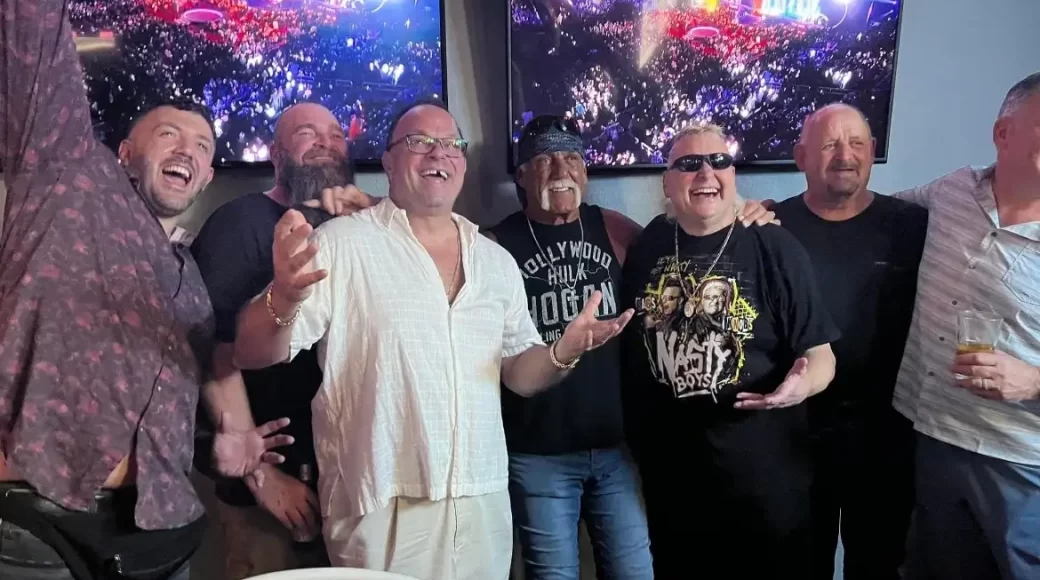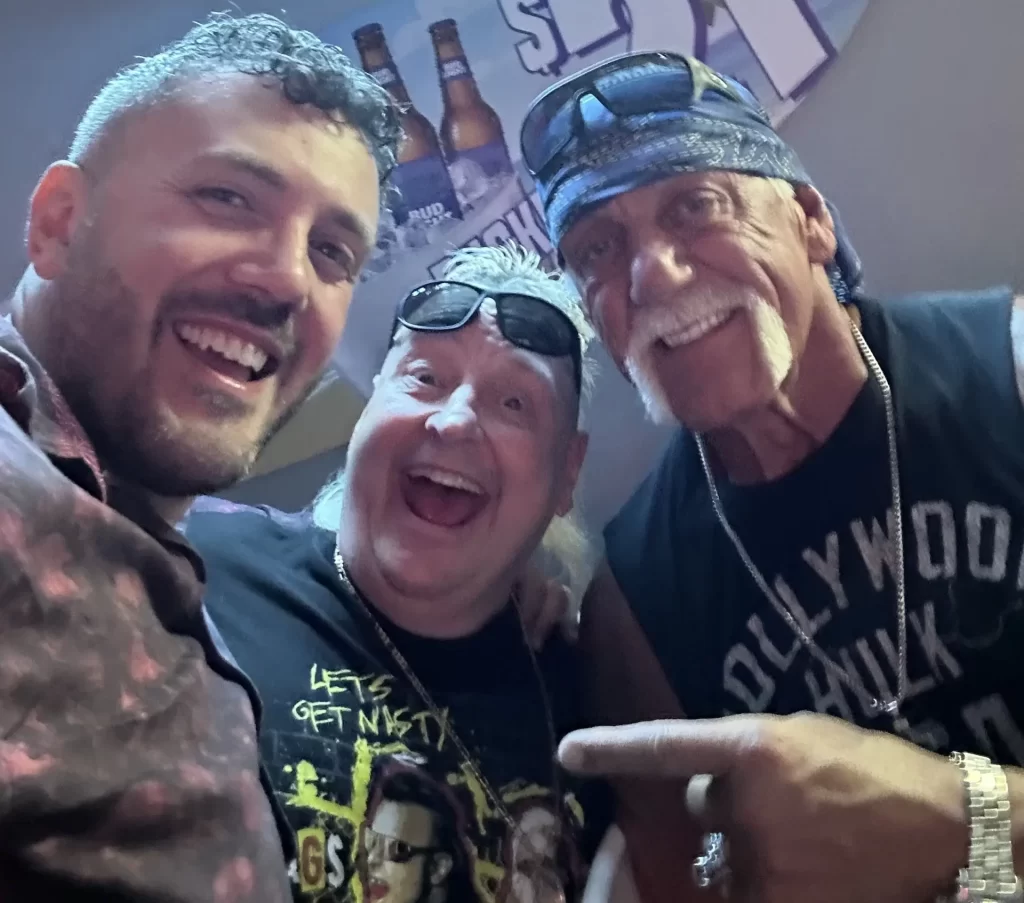What Hulk Hogan Taught Me About Wrestling, Law, and the Art of Storytelling

What Hulk Hogan Taught Me About Wrestling, Law, and the Art of Storytelling
Long before I was an attorney, and long before I ever stepped into the ring as a professional wrestler, I was a fan. Like so many kids who grew up in the 1980s, I remember exactly where I was when Hulk Hogan slammed Andre the Giant at WrestleMania III. I can still feel the electric jolt of the Ultimate Warrior unifying the belts at WrestleMania VI. I was fiercely rooting for Warrior while my best friend was a die-hard Hulkamaniac. We lived for those moments. I lived through the Monday Night Wars, glued to the screen as Hogan transformed into the leader of the New World Order and turned the wrestling world upside down. These weren’t just entertainment milestones: they were acts of modern mythmaking.
In 2009, I began training to become a professional wrestler at the Nasty Boys’ Nastyville School of Wrestling in Clearwater. The Nasty Boys remain close friends to this day. At Nastyville, Hogan wasn’t just a legend hanging on the wall. He was physically there, often. Watching me train. Trusting me enough to slam, DDT, and toss his son Nick out of the ring, all while Hulk sat ringside, beer in hand, watching closely. Nick Hogan was great to work with. He had just gotten out of jail and was focused on trying to forge a path for himself. Hulk was a nice change of pace as a wrestling mentor. Most wrestling trainers would stop you mid-move to correct every misstep. Not Hogan. He wanted you to riff. Go unscripted. Find your rhythm. Let your personality spill out. You don’t learn wrestling by freezing after every headlock. You learn by doing over and over, mistakes and all, until instinct takes over and your story begins to write itself.

Hulk’s advice to me in the wrestling business was simple but profound: don’t be afraid to make mistakes, as long as you protect your opponent, who is essentially your dance partner. Repetition builds rhythm, and rhythm builds instinct. Get the basics right, headlocks, arm drags, back body drops, but don’t stop there. To Hogan, those were like learning the alphabet. Important, yes, but the real challenge, the real art, was storytelling. And the only way to tell a compelling story in that ring was to discover your own voice.
Too many promoters in the ’80s and ’90s tried to create clones of Hulk Hogan. It never worked. Stone Cold Steve Austin famously talked about how he was encouraged to become “the next Hulk Hogan,” until he realized he’d only break through by being unapologetically Stone Cold. That mindset deeply shaped how I approached my legal career. Early on, I tried to emulate the “Partner in Charge” persona, the high-billable, ultra-polished, keep-your-head-down attorney representing big banks, corporations and insurance companies. But it never fit. I wasn’t wired for that kind of soulless, suit-and-tie environment where people played characters but never told stories. I needed a practice that allowed me to connect with people, build stories, and step fully into my own identity, not just copy someone else’s. That’s why telling the stories of the catastrophically injured, against the spin of big corporations and insurers, resonated with me.
One of my earliest memories of Hulkster was sitting in a locker room at the wrestling school with him and Ric Flair. Yes, Ric Flair would mentor aspiring professional wrestlers at Nastyville School, too, and even get in the ring and lock up with us. At that time, Hulkster and Ric Flair were in their late 50s, maybe early 60s, but they still lit up at the idea of going out that night—like old lions who hadn’t lost their taste for the hunt. Hogan’s back was failing by then. He had numbness in his legs, but rarely complained. He moved with intention. He was gracious to fans, even when it was clearly a bad day. Airports, diners, gas stations, it didn’t matter because Hulk Hogan was always on. I’m sure someone out there caught him in an off moment, and I know there has been some bad press about him over the years. But my experience and the overwhelming majority of stories people around Tampa Bay would tell me were filled with warmth, laughter, and generosity. That was who he really was.
Putting Hulk Hogan in context, you see him not just as an icon, but as part of a lineage of great storytellers. A link in the chain that stretches from Bruno Sammartino, to Lou Thesz, to Gorgeous George, to carnival strongmen and shoot wrestlers from the early 1900s. Go even further back, and you’ll find his spirit in the traveling performers of the 1800s: Buffalo Bill’s Wild West shows, vaudeville, and sideshow barkers, and before that, around ancient fires, where elders passed down oral tradition through story. Hogan was built for the 1980s spotlight, but the soul of what he did, myth, conflict, and character have been with us for centuries.
So thank you, Hulk Hogan. For the memories. For the trust. For the backstage passes, the late-night beers, and the lessons, spoken and unspoken. You helped teach me how to tell a story. In the ring, sure. But also in the courtroom, where the audience wears robes and suits instead of face paint and belts. The law may be my ring now, but everything I bring into it was forged under the lights of professional wrestling. Rest easy, brother.
Let Us Get You Started In The
Right Direction
Fields marked with an * are required


